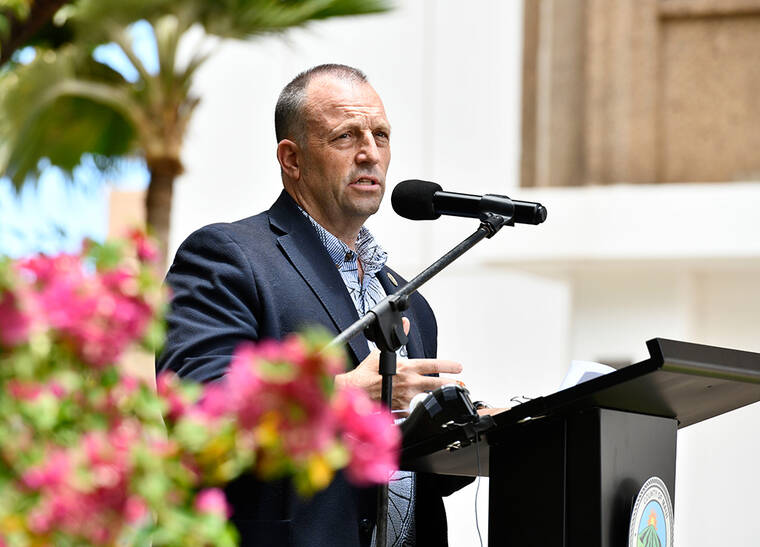By None
Copyright staradvertiser

The Hawaii Supreme Court’s mixed ruling on Gov. Josh Green’s emergency proclamations on housing is comforting, in its way: It affirms that the governor can issue directives under emergency conditions, but also that there are limits; and it affirms that courts can review and order a reining in of “emergency” decrees that exceed Hawaii’s intended limitations on executive power.
In this era of national upheaval and concern over emergency orders at the federal level that exceed historic norms of executive power — and largely have yet to be addressed by the nation’s highest court — Hawaii’s Supreme Court ruling is a welcome assertion that “rational” and “reasonable” are basic requirements.
The court held, “A reviewing court will not disturb an emergency proclamation when (1) the emergency proclamation is rationally related to the health, safety, and welfare of the public, and (2) the executive action taken under the proclamation is reasonably necessary to address the emergency.”
In this case, the ruling applied to 15 proclamations by the governor to expedite housing projects, suspending the application of certain state laws and establishing emergency rules; the first was issued in July 2023. Ten of those proclamations were upheld in their entirety. However, the court found that the first five went too far — because they were worded to apply to any and all housing projects, rather than specifically affordable housing, an overly broad action that exceeds the governor’s emergency powers.
The case arose out of a challenge to the authority of the Build Beyond Barriers Working Group, which Green had established as a separate body reviewing development proposals. The group was authorized to exempt proposals from state laws related to housing, but the court found that its powers were “overly inclusive,” suspending 22 legal provisions, while its decisions were not specifically limited to affordable housing.
The broad grant of power “swept too broadly,” and “was not reasonably necessary to address the declared emergency,” the court held, by potentially expediting all housing development, not only housing needed.
Plaintiff Leonard Nakoa applauded the court decision, stating correctly that the ruling “ensures that emergency powers are exercised responsibly,” and guards against an overbroad suspension of the rule of law. This is indeed necessary to avoid sweeping away law and processes duly established to protect the public interest.
Green’s representative in court, Deputy Solicitor General Ewan C. Rayner, praised the decision as an affirmation of the governor’s ability to respond “quickly to emergencies that threaten the health, safety and welfare of Hawaii residents.”
It’s related, and also reassuring, that subsequently in 2024 and 2025, Hawaii did establish new task forces to work at eliminating undue burdens to development and to creating affordable housing. These cooperative teams are established with legislative and executive approval and operate under standing law and regulation — as should be expected to follow emergency action.
Movement away from emergency orders and toward cooperative effort to solve problems should be the norm. After all, is a problem legitimately an “emergency” when a program of indeterminate length is established to address it, with an alternative system of approvals that supersede state law? In this case, the governor abolished the Build Beyond Barriers Working Group after seven months, amid pushback and before the Supreme Court weighed in.
It’s also true that one well-intentioned law after another can combine to form a thicket of bureaucracy that smothers innovation, home-building and/or job creation. But as frustrating as it may be, this crisis must also be addressed within the framework of existing law.



